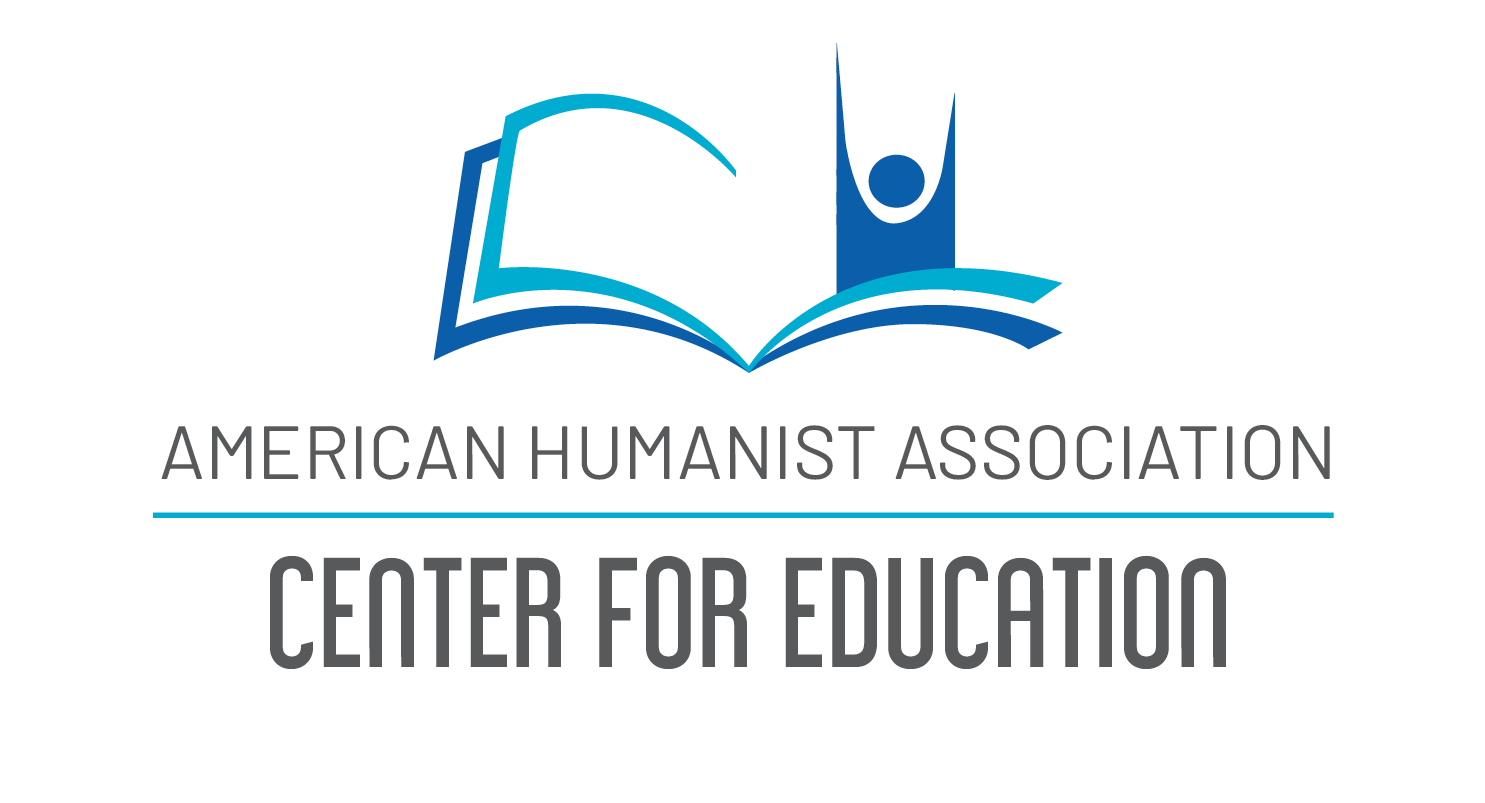The word “humanism” has been used in many different senses over the years. It has referred to the educational program of Renaissance scholars and movements in art, literature, psychology, architecture, and other cultural fields. While these senses differ, they all share a central focus on humanity, often representing a move away from concerns with “divinity.”
This distinctively human focus is also true of the most common use of “humanism” today: the humanist lifestance we earlier defined as “a godless philosophy based on reason and compassion.” This form of humanism is sometimes referred to as “philosophical humanism” or “lifestance humanism” in contradistinction to the “cultural humanism” of the Renaissance and various artistic movements.
“Lifestance humanism” refers to a distinct worldview that addresses the fundamental questions of life. It is the form of humanism supported and promoted by the “humanist movement” — the many humanist groups, projects, and organizations that exist around the world. It is sometimes called “secular humanism” or “Humanism” with a capital ‘H’.
“Lifestance humanism” is the form of humanism studied and utilized in the AHA Center for Education. We will refer to it simply as “humanism.”

